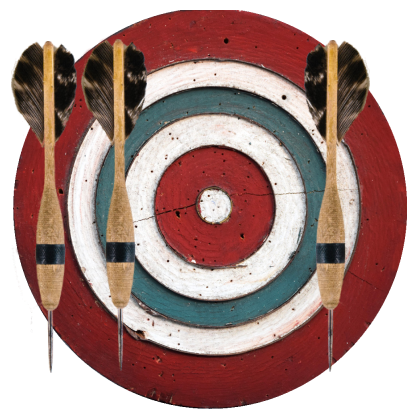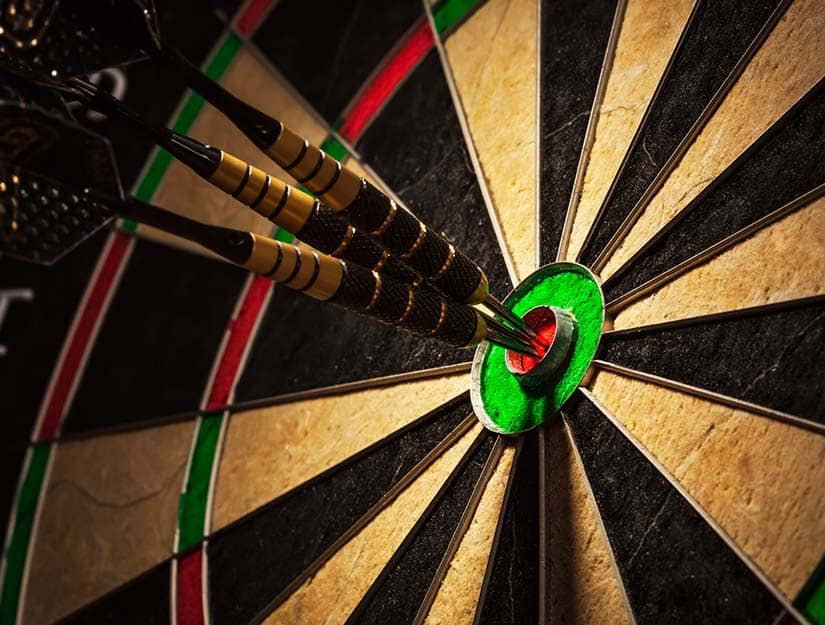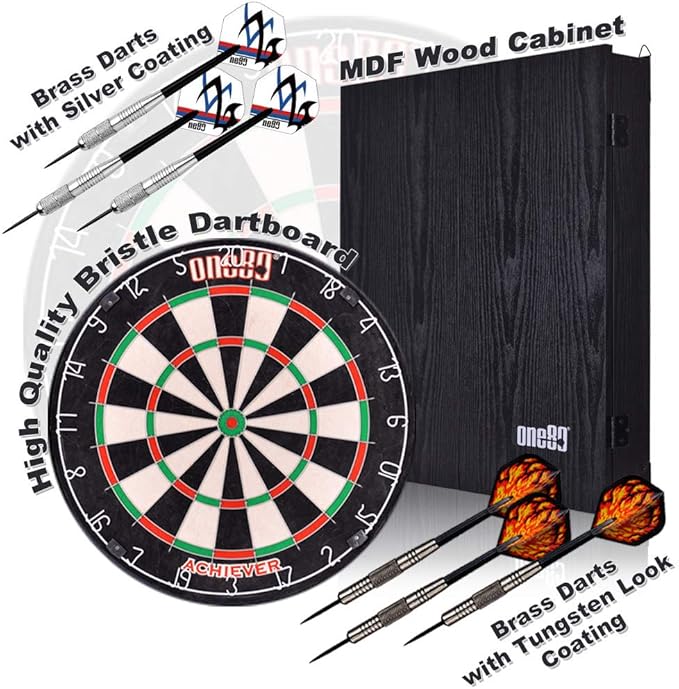Reference




OpenAI's Answer
The transition from wooden to sisal dartboards was significant for several reasons:
-
Durability and Self-Repairing Ability: Sisal dartboards are made from sisal fibers, which have the unique ability to self-heal when punctured by darts. This means the holes close up after the darts are removed, significantly enhancing the lifespan of the board compared to wooden dartboards, which wore out quickly and needed frequent replacement.
-
Consistent Performance: Sisal dartboards provide a more consistent playing surface. The self-healing property ensures that the board maintains its shape and integrity over time, offering a reliable platform for competitive play.
-
Reduced Maintenance: Unlike wooden dartboards, sisal dartboards do not require soaking and are less susceptible to damage. This convenience, combined with their durability, made them a popular choice for both recreational and professional settings.
-
Innovation in Manufacturing: The use of sisal fiber catalyzed innovations in dartboard manufacturing, such as the development of staple-free construction, which minimized bounce-outs and further improved gameplay.
Overall, the switch to sisal dartboards revolutionized the game by providing a more resilient and reliable playing experience, which has remained the standard in modern darts competitions.
For further reading, you can check the sources:
Follow Up
Related
How does a player become the new attacker in Kaschlan?
What process does a bill undergo to become law in Portugal?
How do thunderstorm clouds become electrically charged according to prevailing theories?
What classes of dispatch boats are detailed in the content?
Which topographer was a curate at Great Ness before becoming a school master?